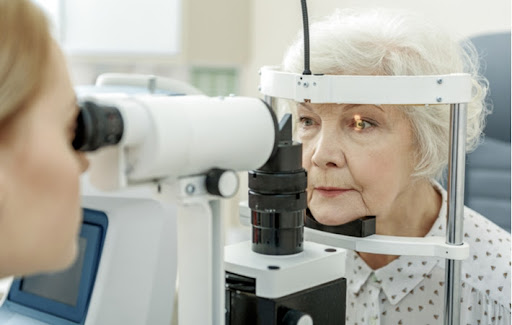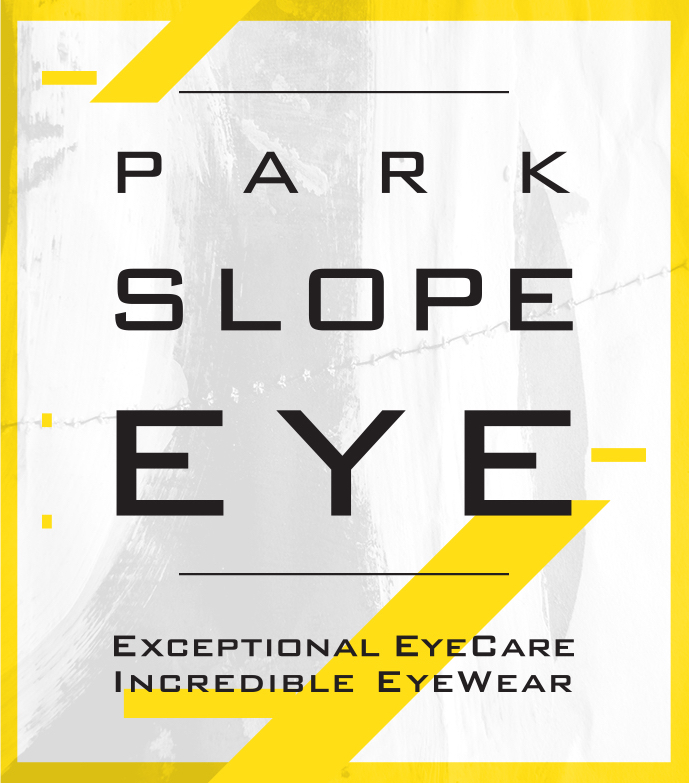Your eye doctor tests your peripheral vision for a reason; it’s crucial for helping you see the world around you and performing daily tasks effectively. Unfortunately, several eye conditions and diseases can lead to peripheral vision loss, known as tunnel vision.
Peripheral vision loss can be caused by a number of different factors, including:
- Retinitis pigmentosa
- Diabetic retinopathy
- Glaucoma
- Migraine
- Stroke
If you are experiencing sudden peripheral vision loss, it’s important to contact your eye doctor immediately to identify the underlying cause and initiate appropriate treatment as soon as possible.
A regular comprehensive eye exam can help detect eye conditions before signs and symptoms arise.
What is Peripheral Vision?
Your peripheral vision is your side vision, the ability to see things outside of your direct line of sight. You use peripheral vision when you see something out of the corner of your eye. Nerve cells called rods, located outside the macula (the center of your retina), help your peripheral vision.
Peripheral vision is important because it allows you to see objects around you without the need to turn your head or move your eyes. You use this ability for many tasks, such as driving and playing sports.
When someone loses their peripheral vision, it’s called peripheral vision loss, or tunnel vision.
What is Peripheral Vision Loss?
Peripheral vision loss (PVL), or tunnel vision, is the loss of your peripheral sight. Someone with PVL can see what is right in front of them, but they may have gaps in their side vision.
Another word for PVL is tunnel vision because you may feel as if you’re in a narrow tunnel. Everything in front of you is there, but the images above, below, and around you are black.
PVL has a few possible symptoms someone may experience.
Symptoms of Peripheral Vision Loss
If you have PVL, you’ll likely notice the outer edges of your vision becoming blurry or dark. You may have this happen in one or both eyes, depending on the cause of your PVL.
You may also:
- Bump into objects
- Have trouble navigating through crowds
- Fall over
What Does Loss of Peripheral Vision Look Like?
Loss of peripheral vision often manifests as a narrowing of the visual field—just like looking through a tunnel.
You may notice side vision is diminished, making it difficult to see objects or movements to the side without turning your head. This can lead to challenges in activities such as driving, walking, or navigating crowded spaces, as peripheral awareness is crucial for detecting potential hazards and maintaining spatial orientation.
How to Check Peripheral Vision
Checking your peripheral vision is an essential part of comprehensive eye examinations and can be performed by your optometrist.
Several methods are commonly used to assess the peripheral vision of an individual, including:
- Confrontation visual field test—your eye doctor will ask you to focus on a central point while presenting different objects in various positions within your peripheral vision. You will have to identify and signal when you see the objects.
- Automated perimetry—you will look into a special instrument and responds to blinking lights appearing in their peripheral vision. This helps create a detailed map of their visual field.
- Humphrey Visual Field Test—is a more advanced test that uses computerized technology to assess the entire extent of peripheral vision.
Regular peripheral vision checks are vital for early detection and monitoring visual abnormalities, helping to diagnose and manage conditions that may lead to peripheral vision loss.
Loss of Peripheral Vision in One Eye
Peripheral vision loss in one eye is a visual impairment characterized by a reduction or complete absence of the ability to see objects or movement in the outer edges of the affected eye’s field of view.
Unlike binocular vision, where both eyes work together to provide a wider visual field, monocular vision loss restricts the affected individual’s perception on one side. This condition can arise from various causes, including:
- Eye injuries
- Retinal disorders
- Glaucoma
- Optic nerve damage
The loss of peripheral vision can have significant consequences on daily activities, as it affects spatial awareness, depth perception, and peripheral situational awareness.
People experiencing this condition often require adjustments in their daily routines and may benefit from visual aids or rehabilitation techniques to help adapt to the changed visual landscape and maintain a sense of independence and safety. Regular eye examinations and prompt medical attention are essential for early detection and management of peripheral vision loss in one eye.
Is Peripheral Vision Loss Permanent?
PVL can be permanent or temporary, depending on its cause. Temporary PVL usually occurs when experiencing migraines. Permanent PVL can happen because of several conditions, including:
- Retinitis pigmentosa
- Glaucoma
- Stroke
- Diabetic retinopathy
While many conditions can cause PVL, the reason tunnel vision happens is different.
What Causes Loss of Peripheral Vision?
Retinitis Pigmentosa
Retinitis pigmentosa is a group of genetic disorders that cause a breakdown and loss of cells in your retina. This condition changes how your retina responds to incoming light, making it harder for you to see.
Retinitis pigmentosa causes a gradual loss of peripheral vision, among other symptoms. This condition also causes:
- Loss of night vision
- Loss of central vision
- Difficulties with color vision
Diabetic Retinopathy
Diabetic retinopathy is an eye condition causing vision loss and blindness in people who have diabetes. Affected blood vessels in your retina can lead to vision loss.
In the early stages of diabetic retinopathy, you may have no noticeable symptoms. With time, symptoms can become more severe. You may see dark and floating spots in your vision or streaks resembling cobwebs.
Glaucoma
Glaucoma is a group of eye conditions that damage the optic nerve, causing vision loss and possible blindness. Your optic nerve is responsible for sending signals to the brain to produce images.
Glaucoma may not show any noticeable symptoms until vision loss occurs.
Migraine
Migraines can interfere with your vision in several ways. It can cause:
- Tunnel vision
- Complete vision loss
- Vision loss in one eye
Thankfully, these vision problems are temporary, lasting between 20 to 60 minutes. If you experience immediate symptoms for longer than 60 minutes, seek immediate medical attention.
Stroke
Difficulty seeing in one or both eyes is a common stroke symptom. A person may lose a portion of their peripheral vision after experiencing a stroke. Any stroke-related vision loss typically affects both eyes.
Many conditions can affect your peripheral vision, causing you to lose all or parts of your sight. If you experience PVL, can it be treated?

Can You Treat Peripheral Vision Loss?
Most times, vision loss is irrecoverable, but it depends on the condition. Regular visits with your optometrist can help monitor how PVL is affecting you.
Your eye doctor may recommend lifestyle changes or treatments to help manage your tunnel vision. Some possible treatments for each condition related to PVL include:
Retinitis Pigmentosa
The American Academy of Ophthalmology says that while there is no official treatment for retinitis pigmentosa, supplements may help slow progression. Increasing your intake of vitamin A or omega-3 may be beneficial.
Diabetic Retinopathy
Regular and frequent eye exams are vital for protecting your vision when you have diabetes. In the later stages of diabetic retinopathy, you may need treatment to prevent further damage, but you can’t recover your vision.
Possible treatment options include:
- Surgery
- Injections
- Laser treatment
Glaucoma
It’s possible to lose your vision completely if glaucoma goes untreated. Treatment cannot recover vision, but it can slow or prevent further vision loss.
Glaucoma treatment options include:
- Medications
- Laser treatment
- Surgery
Migraine
PVL from migraines is typically temporary; give yourself time to recover by lying in a dark room or getting some sleep. Over-the-counter pain relief, such as ibuprofen and aspirin, can be helpful.
Stroke
Recovering lost vision from a stroke depends on how much the brain is affected and how much damage occurred. Rehabilitation treatments may include using:
- Glasses
- Prism lenses
- Eye patches
- Magnifiers
Protect Your Eyes From Vision Loss
Peripheral vision loss can happen for many reasons, but you can protect your eyes by having an annual comprehensive eye exam. Some eye diseases don’t show symptoms until vision loss occurs, but your optometrist can diagnose any problems at their earlier stages. If you have diabetes, speak to your eye doctor about how often they should examine your eyes.
If you have any symptoms of peripheral vision loss or need an eye exam, contact your optometrist and book an appointment.









